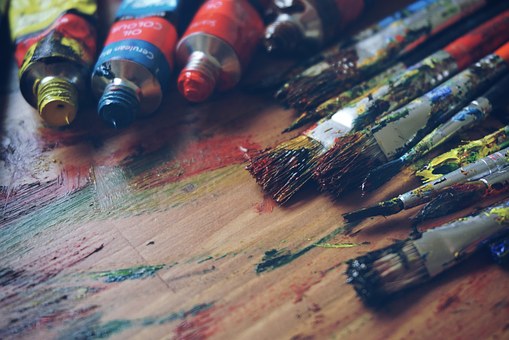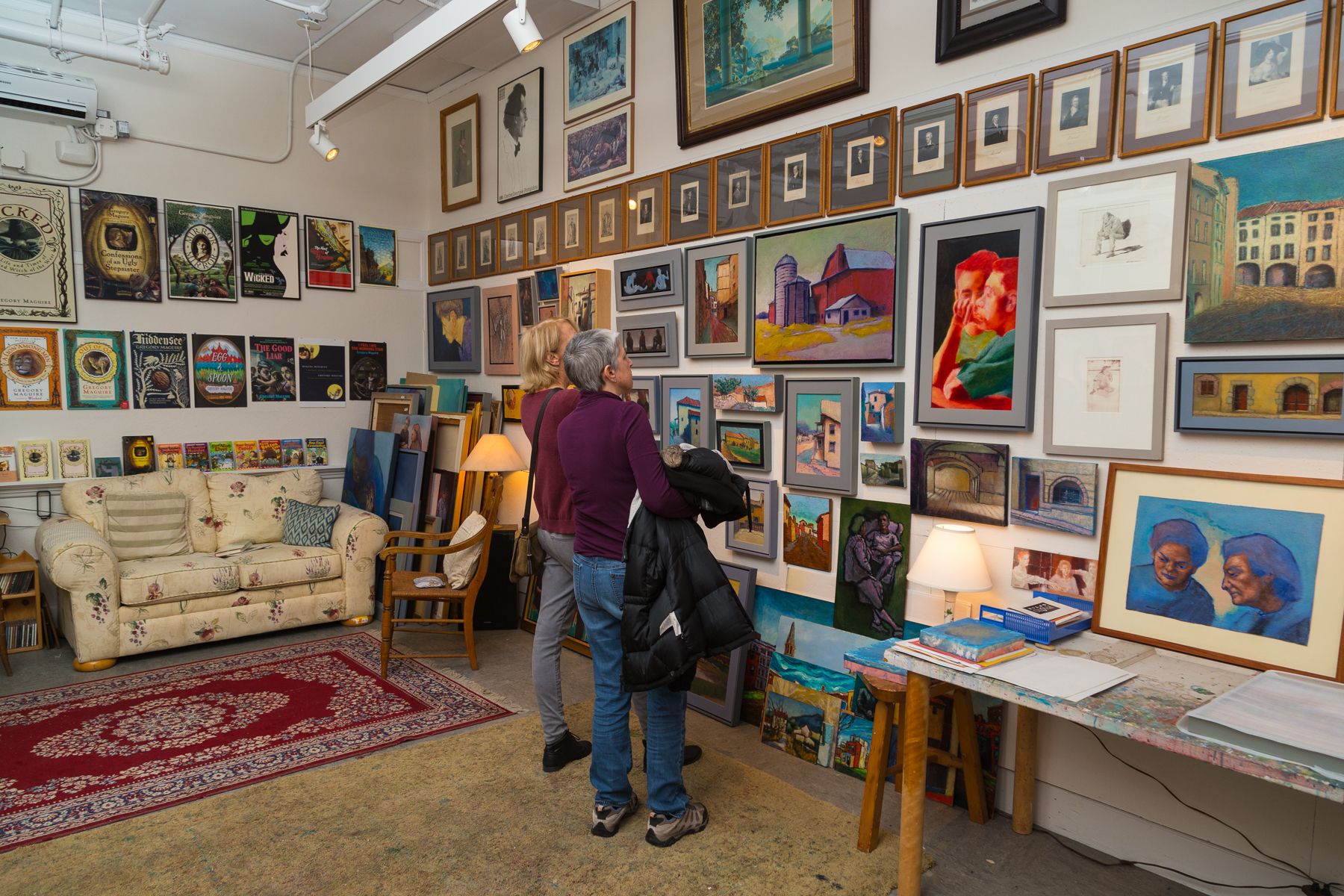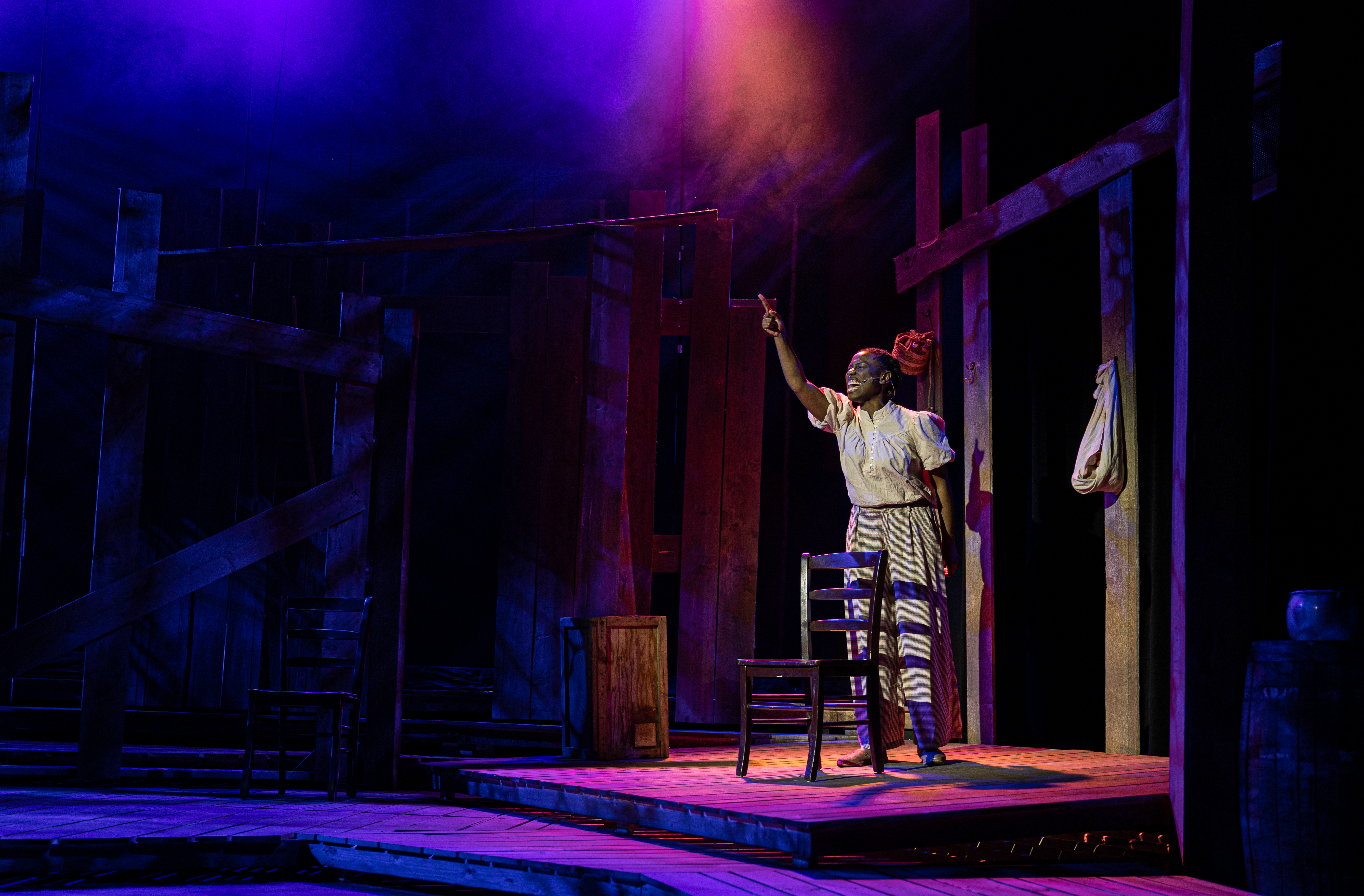The Art of Capturing the Art
February 15, 2017 by Jess
written by Rebecca Cook
Oh, the irony. An artist labors to make their work ready to send out into the world – for an art show or a website – only to realize an entirely new art form is required first. Photography. The art of capturing the art.
“If you want to be a successful artist, you have to put yourself out there in a professional manner,” says Carol Krauss, an Umbrella Resident Artist and one of three fine art photographers who spoke to a rapt audience at The Umbrella ArtTalk called “How to Photograph Artwork” on January 19th.
“You have to know what a proper photograph looks like,” Krauss continued, kicking off a lively panel discussion with Pierre Chiha, a fellow Umbrella Resident Artist; Rich Klahne, owner of Jetart Company in Bolton, Massachusetts; and Miranda Aisling, The Umbrella’s Studio Arts Coordinator.
Laughter rippled through the audience as Krauss told of photos submitted to juried art shows that were cropped so poorly they had feet sticking into the frame. But as the panelists described their approach, it became apparent that getting a good photo is not simply a matter of solving such obvious problems as wayward feet.
Aisling asked how the experts photograph artwork in their studios, and the answers ranged across technical matters such as lighting and cropping and camera settings. The panelists were generous with their advice, but agreed that photographing art can be a tricky business, even for professionals.
“Look at the artwork first, and understand what the goals are with capturing the work,” said Klahne. “A lot of things factor into making a very good file.”
“I have a number of goals when I photograph,” said Chiha. He said there are four challenges to keep in mind:
- Lighting – should be even
- Reflections – should be reduced/eliminated
- Color – should look like the original art
- Printing – prints should look like the original art
The three experts agreed that eliminating glare is one of the main tasks of photographing art. When lights are put on two-dimensional artwork, it is going to create a glare. The photographers explained that the angle of the lighting is essential, and in their studios each area of the art has to be metered to measure the light reflecting onto the painting. Lighting must be even across the entire surface. And some types of work have more glare than others. For example, oil paint has more reflection than watercolor.
“I put two strobe lights at 45-degree angles to keep the light balanced,” said Krauss. “I put polarizing filters on the lights and on the lens of the camera.”
“Take it outside on a cloudy day. It’s the easiest thing,” said Chiha. He added you must make sure there are no bright-colored surfaces nearby, and recommended moving back as far as you can from the painting to minimize reflection, and using a very long telephoto lens to zoom in on the artwork.
Krauss agreed that shooting outdoors on a cloudy day can be good. It eliminates the need for polarizing filters.
Chiha made a clear distinction between photographing art for prints, versus only for digital purposes. “If you are going to produce prints you really should go to a professional, because it is challenging, even for professionals,” he said. And he demonstrated his point with a number of prints of the same painting, each made on a different type of paper. The difference among the prints was astonishing, given that the paper was the only variable.
But Chiha had some encouraging words for artists interested in photographing their own work, who will not be making prints. “If all you’re doing is putting images on the web, you have more flexibility and you don’t need such high quality,” he said.
“What do you need for a basic setup?” asked Aisling.
Klahne said a tripod is an absolute necessity. Otherwise “it’s going to be very difficult to properly frame and focus.”
“A digital, entry-level SLR [camera], meaning with interchangeable lenses, and there’s a lot of them on the market,” said Chiha.
“A regular space that is set up the same way every single time, so you can just get faster at the process,” said Krauss. “If you shoot on a black wall it’s very easy to crop out the background.”
The panelists cautioned the audience that setting out to produce quality photographs of artwork can be a serious undertaking.
“It’s quite a learning curve,” said Klahne.
“You just have to realize there is a commitment,” said Krauss. “You must invest time, education and tools to learn to photograph your own work. Before you spend too much money, you have to realize there’s a tradeoff.”
But they offered an optimistic perspective as well. "My message is, don’t overthink this. Try it on your own and see what you can do,” said Krauss. "There is a difference between Good Enough and Spot On. With your own setup and the time to get a little experience, you can actually make some images that are good enough quality to submit to a jury. Then you only need to go to the professionals when you need it to be absolutely Spot On."
As Chiha put it, “It doesn’t really matter what equipment you use. It’s not the instrument, it’s how you play it.”
Find out about our upcoming ArtTalks at http://theumbrellaarts.org/studio-arts/arttalks





